

Monthly Archives: February 2019
Filters
Journeys and Pathways Mood Board

Landscape Romanticism
WHAT IS LANDSCAPE ROMANTICISM:
There is no uniformity of opinion on what constitutes a Romantic landscape, and more problematically what actually defines the parameters of Romanticism itself (1). Whether speaking of landscape or other Romantic genre, there is no unifying or material principle anymore than there is a basis to secure either a national or international style of Romantic Landscape painting. When we speak of Romanticism we are speaking at best of a particular tendency of creative sensibility. As regards Romantic landscape and/or mountainous settings, a common and sentient focus of both Romantic poets and painters, their relationship exists most often in a tendency to an intensified personal subjectivity. But taken further while there may be a broad agreement that there is a certain sensibility of perception, it might also be argued that these perceptions are also shaped and defined by the topography of the particular landscape or mountain scenes chosen. Therefore any distinction between English and German Romantic landscape theory, while attended by a certain general sense of shared sensibility, is nonetheless different in terms of the particular landscape settings that were perceived. But necessarily and by natural extension they are also differential framed by the epistemological consciousness of the persons perceiving them.
source: http://www.zankijosip.com/romantic-landscapes/
LANDSCAPE ROMANTICISM IN PAINTINGS:
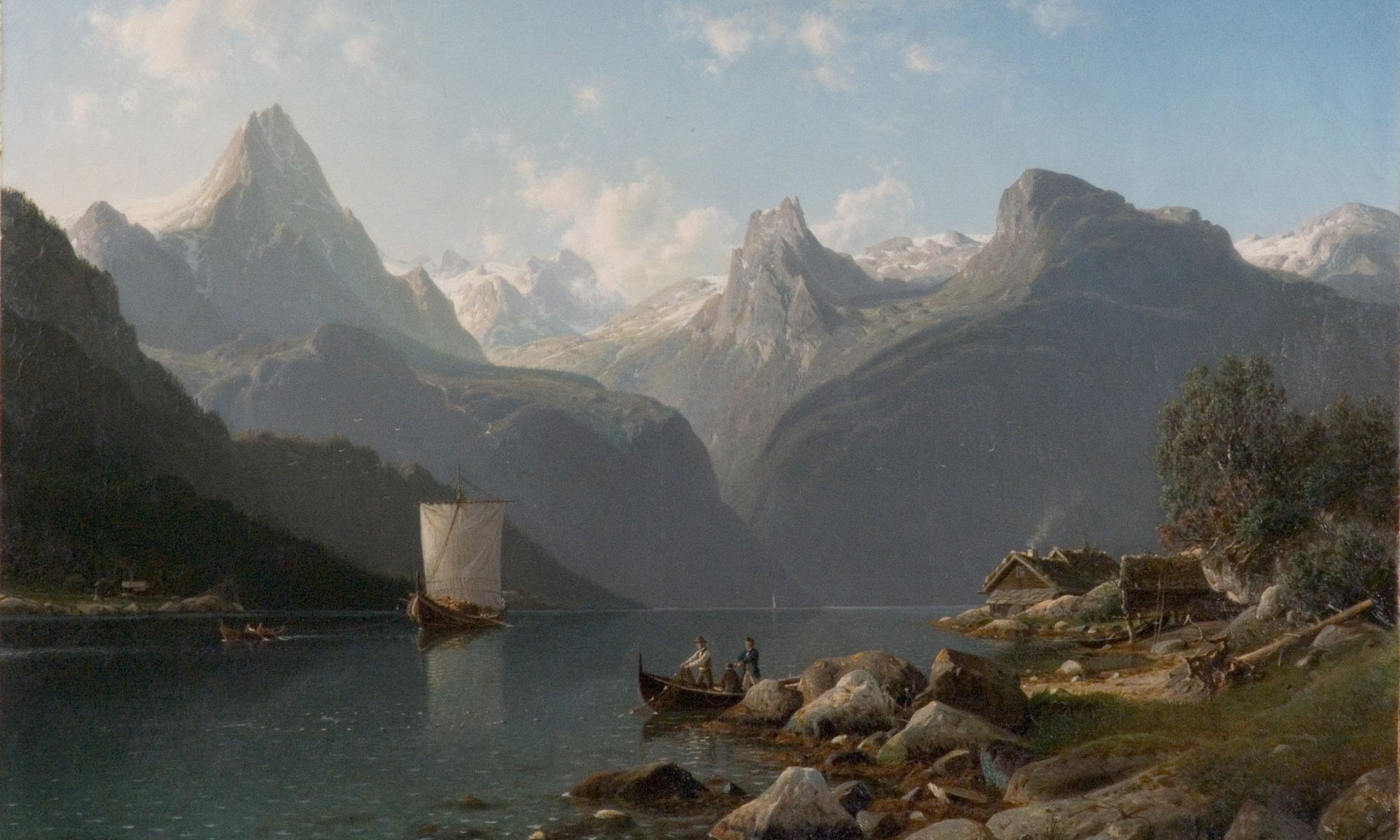
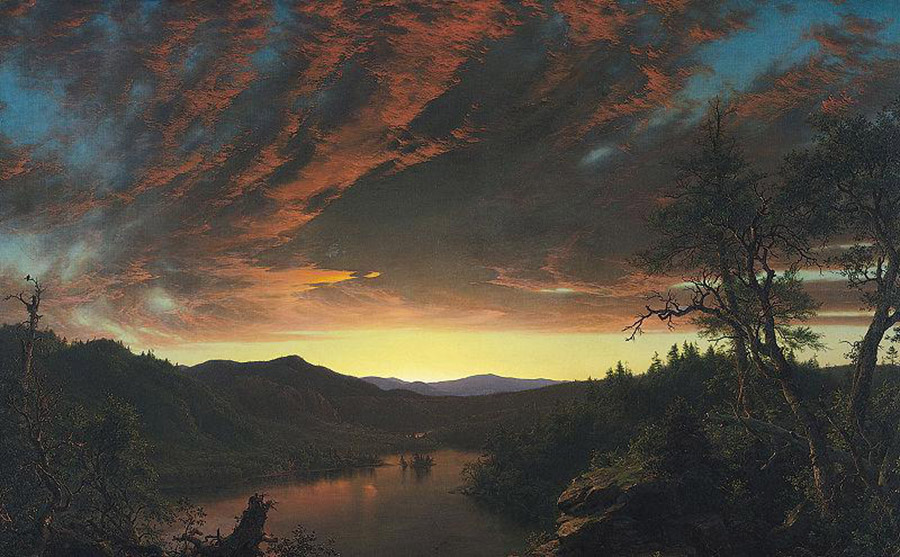

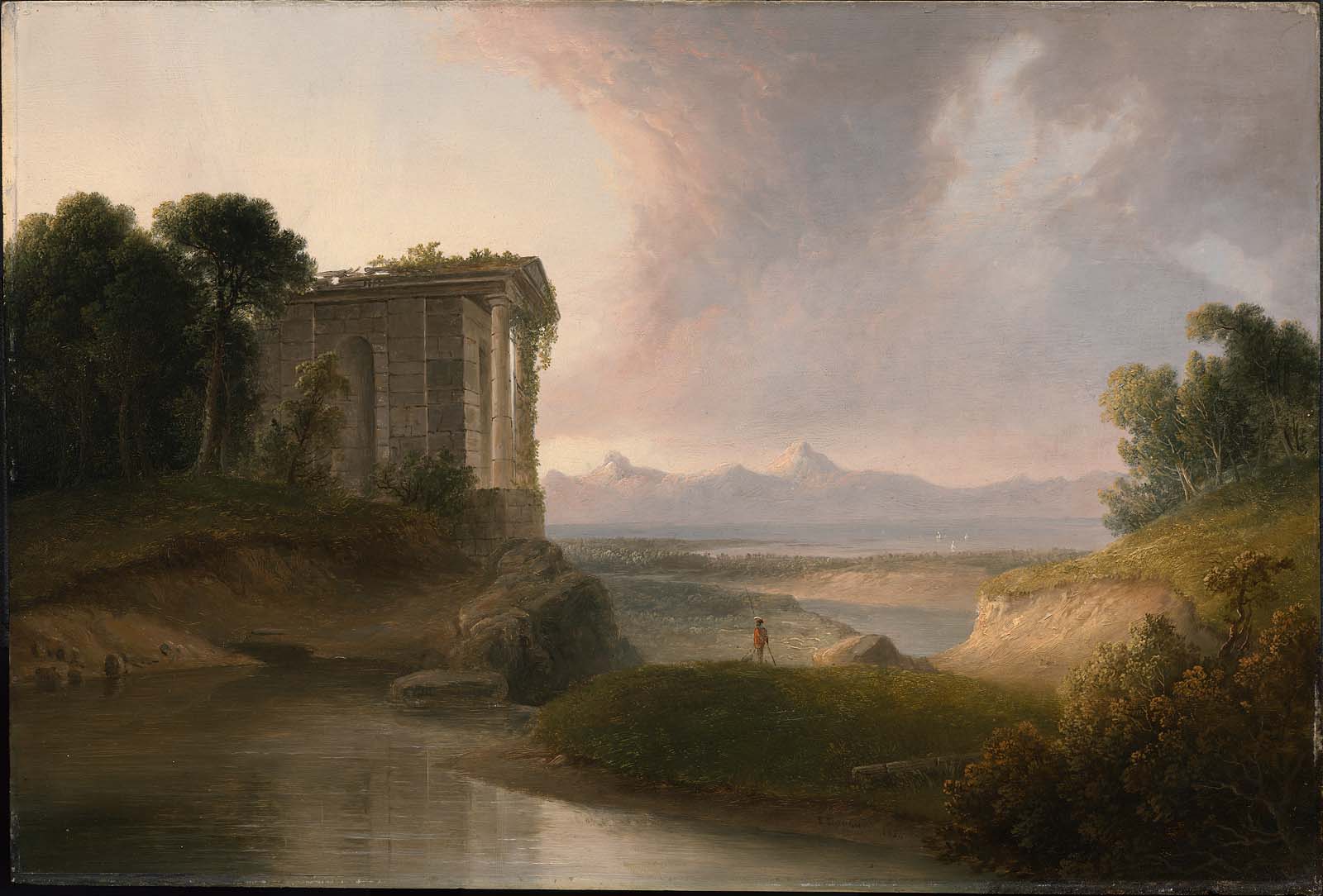
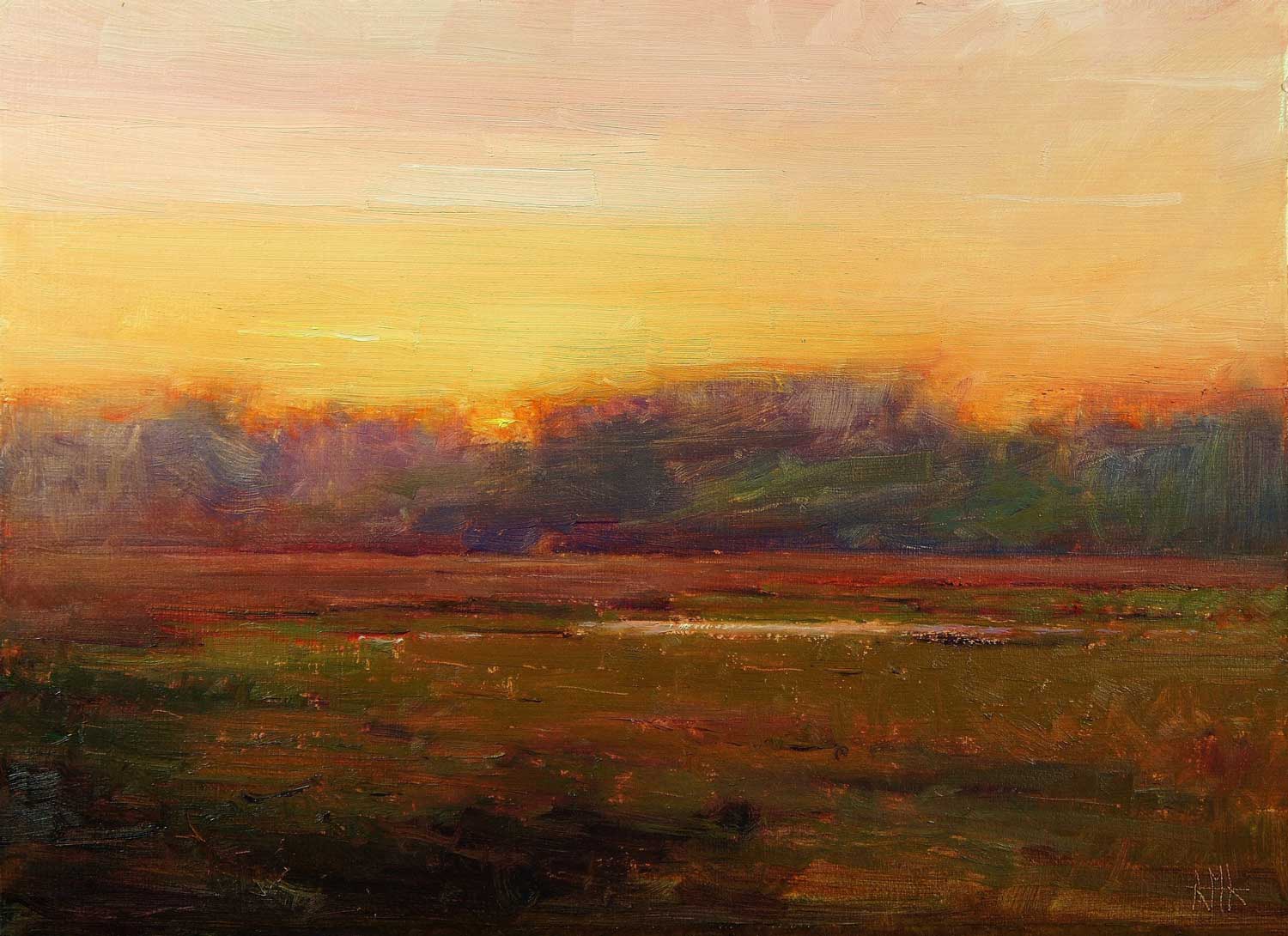
LANDSCAPE ROMANTICISM IN PHOTOGRAPHY:
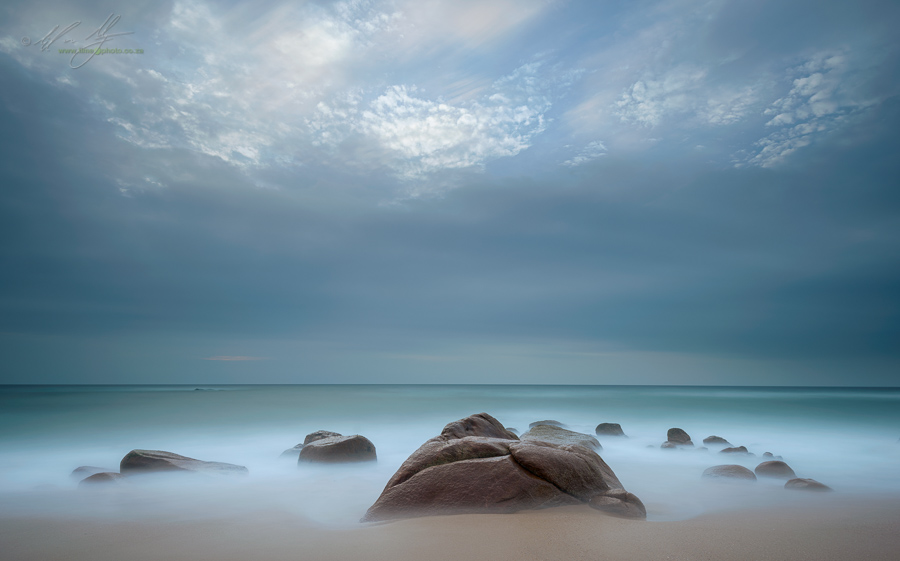

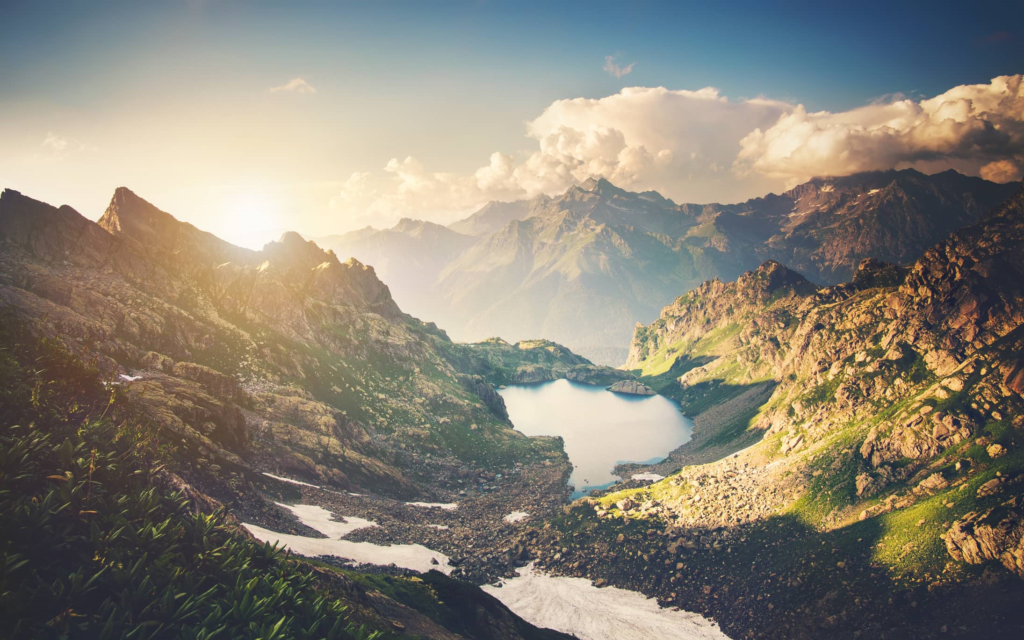
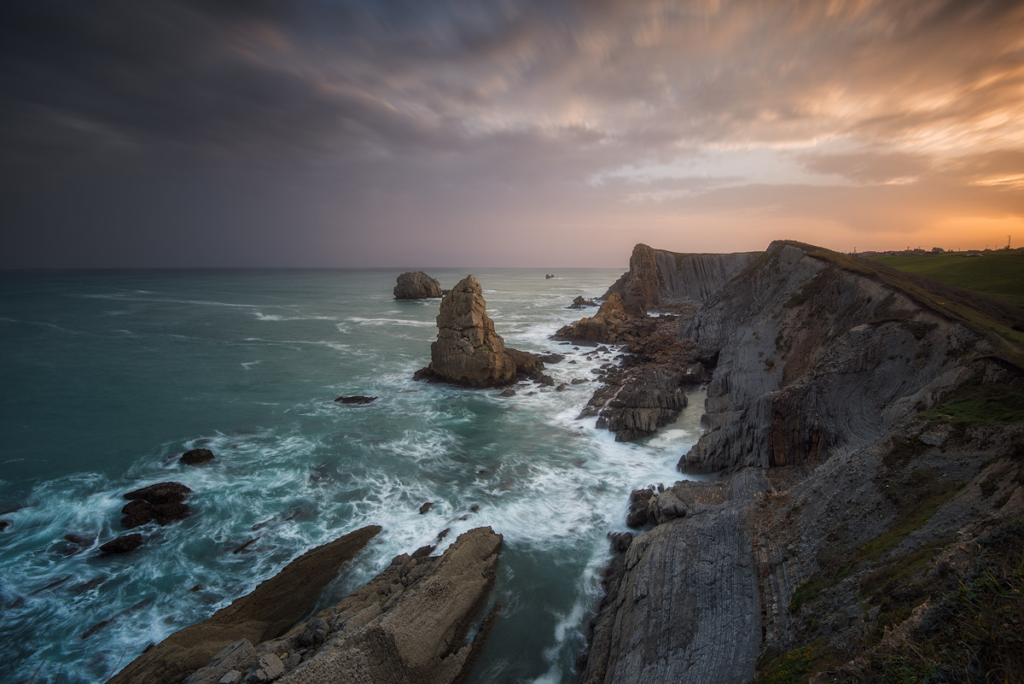
1. Initial ideas:

THE BOYLE FAMILY- FIRST RESPONSE
My Response:
Contact sheet from first photo shoot:
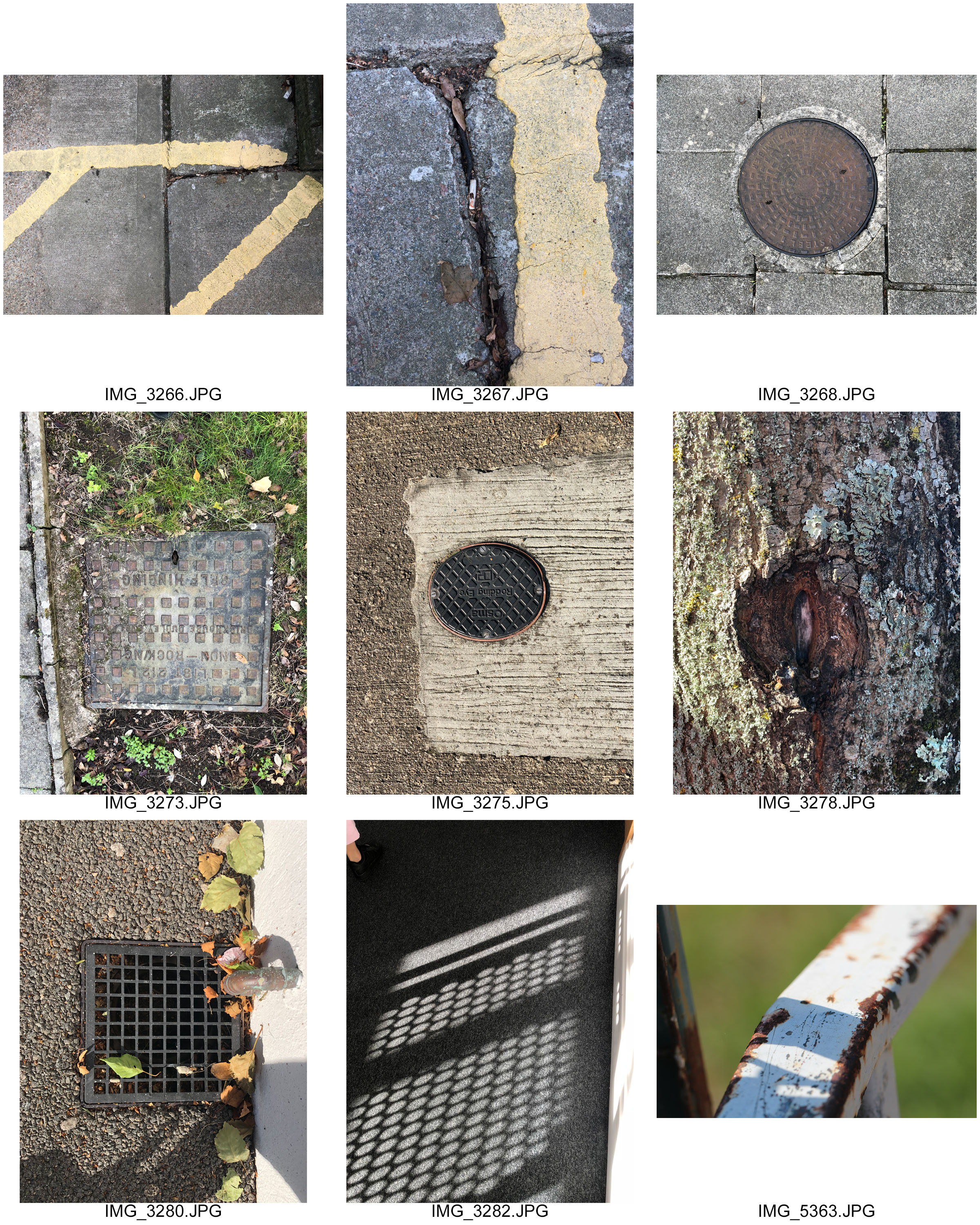
Evaluation
For this photo shoot I simply just walked around the school and outside and tried to look out for things to photograph that would be appropriate. I originally looked closely at how the Boyle Family tried to work and focused on the idea of ‘copying’ them. For my first image I found shadows being produced through a stair case creating an interesting pattern. I cropped the image to strongly focus on the pattern instead of the background, then went to adding a subtle filter and cleaned up the pattern to create a warmer feeling to the image. For the second image I photographed a pothole and added black and white feature enhancing the shadows and specific shades to give a more dramatic appearance. For the last image a well as emphasizing the yellow lines i the first image much like images produced by the Boyle Family, I wanted to add my own twist on the selection of images so filtered the last one in to three different images all consisting of vibrant different colors, highlighting the shades, shapes and outlines being produced.




Photo shoot Ideas
Idea 1
Journey of an Object
My first idea involves documenting images of old objects and antiques, and then attach the journey of the object to the image. So for example, I have a set of stamps from Spain 1923, I photograph them then overlay them on top of either posters or postcards from the same time frame.

Idea 2
Incorporation
Use the objects from the first shoot and try and incorporate them into a modern setting. For example a 1965 Horse Riding Rosette could be added onto either someones bag or jacket where they have modern badges.
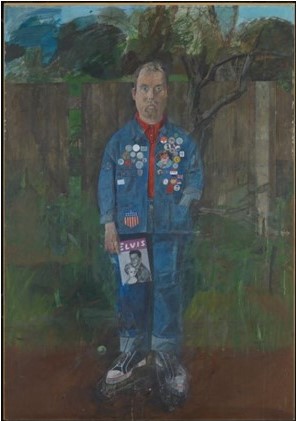
Idea 3
Decay
Completely contrasting to my other ideas, i could show the journey of decay or life through either a molding food over time or a wilting flower.

Journeys and Pathways:


Journeys and Pathways – Moodboard
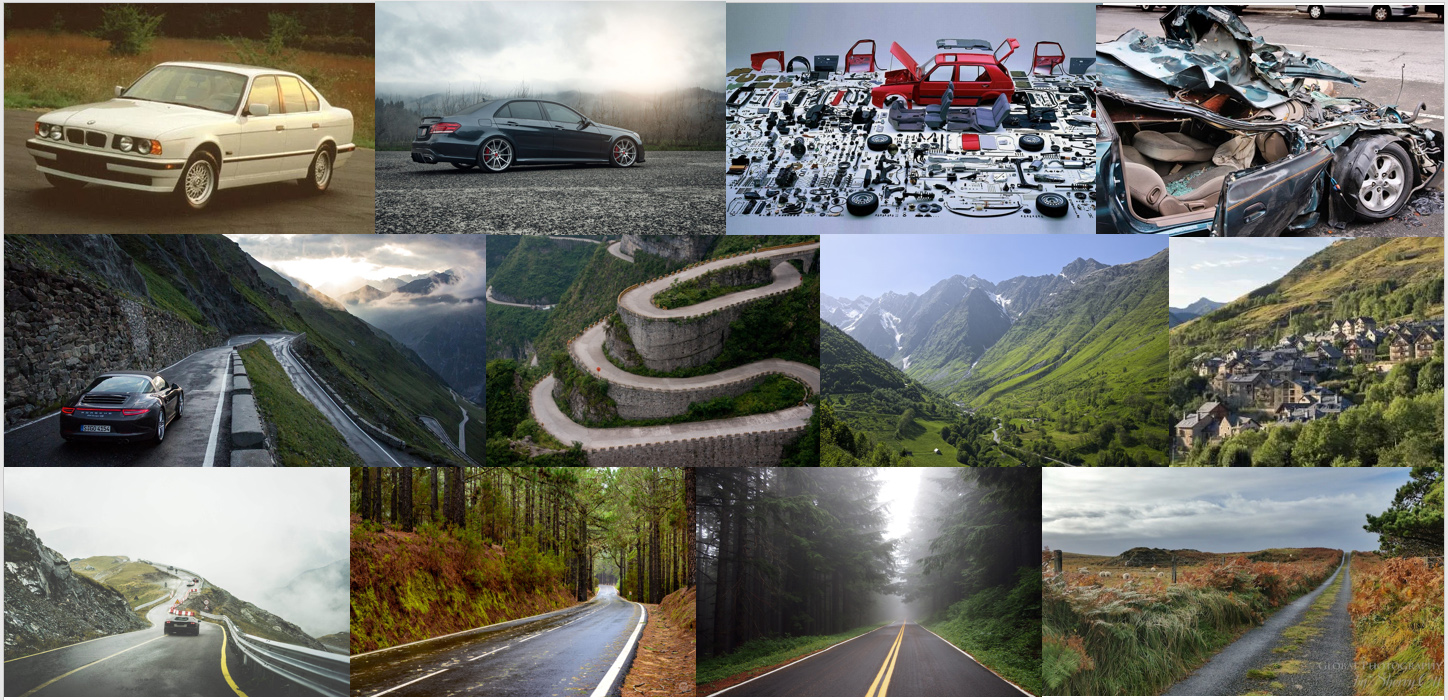 I’ve put the themes which I am most interested in doing into this mood board.
I’ve put the themes which I am most interested in doing into this mood board.
These are taking a more literal approach to the theme of ‘journeys and pathways’ as cars are one of if not the most popular mode of transport in modern society. As well as roads literally being pathways to travel along.
I am interested in photographing cars because it allows me to search for strong lines and shapes in the bodywork, whilst photographing roads also gives a chance to explores strong shapes, and sometimes curves.
Journeys and Pathways
Journeys and Pathways

For our photography exam, the theme we will be looking at is Journeys and Pathways. Any journey, whether long or short, can yield a wealth of resources for an artist or designer. This theme can be interpreted in many ways, from actual physical journeys from one place to another or a metaphorical journey, maybe following someone who’s trying to achieve something, ect.
Some suggestions I could look at:
- Cars, trains, planes, boats, coaches, bikes, ect.
- Hiking, camping, caravanning, hotels.
- Obsessions, desires, pursuits, achievements.
- Oceans, rivers, canals, motorways, bridges, corridors, staircases, packed lunches, service stations, mobile cafes, drive-thrus, airport lounges, bus stations, train stations.
- Escapism, fantasy, science fictions, books, comics, quests.
- Tracks, footprints, jet trails, bow waves, oil slicks.
- Detectives, clues, pursuits, bloodhounds, foxhunting, treasure hunts, geocaching.
- Internet, optic fibers, cables, communications, text messages, emails.
- protest marches, processions, pilgrimages.
- Adventure trails, treks, mazes, maps, tunnels.
Starting ideas I have at the moment:
- Following someone’s journey on a bus or train.
- Photos of animals running or flying somewhere.
- Camping
- Footprints on sand/mud.

Journey’s and Pathway’s
Initial Camera Movement (ICM):
Intentional Camera Movement (ICM) photography is an abstract style of shooting that has no rules – it all comes down to moving your camera over a long exposure. I come from an art background and I believe this type of photography brings out the expressionist painter in all of us; instead of taking pictures with our camera we are now painting with it, and the sensor is our canvas. https://www.wexphotovideo.com/blog/tips-and-technique/a-guide-to-intentional-camera-movement-photography/
For my exam I wanted to explore with ICM (initial camera movement) again because I really enjoyed experimenting with this type of photography in my Pre AS task.
Mood board:

Andrew S Gray:
“Andrew S Gray is an image maker based in a small rural Northumbrian village only two fields away from the family farm he grew up on.
With Northumberland as a home its iconic but subtle landscapes, coastline and nature in general have shaped his vision from an early age and continues to inspire him – though the thought of the challenge of a change of scene does appeal now and again.
A long time self-confessed nerd, he is most comfortable not just out in the countryside or on the beach with a camera but also shut away in front of a computer for hours on end making images from the data our digital cameras produce. He’s never been afraid of carrying out seemingly excessive alteration to his captured images, which has probably been a large factor in the way his individual style of intentional camera movement photography has developed over the years.
While in the past, he’s always enjoyed having a camera in his hand, making traditional landscape images of the local iconic views and more intimate landscape scenes, after a spell of loving making minimalist long exposures, usually monochromatic, he stumbled (literally) on intentional camera movement.
It wasn’t long after this trip that he first saw the work of Valda Bailey who was just a short amount of time into developing her multiple exposure style, and he was captivated. He loved it, but hadn’t seen anything like it before, using a camera at any rate. So he began his journey which has ended up with him all but abandoning the “reality” of photography and instead he used the old English master painters of the 19th century, along with the later impressionists as his inspiration to create the work he currently do. A huge influence and someone he actively tried and mimicked in form and colour scheme is JMW Turner.
After years of trying to find a niche, he has now found it and is comfortable enough in it to begin dispelling his own knowledge and thoughts to others. As part of his move into creating video content he hosts a weekly YouTube live stream “Tuesday Night Edits” where he edits his work live, he also now offer 1-2-1 tuition and will soon be developing group workshops.” https://andrewsgray.photography/about/
Examples of his work:





